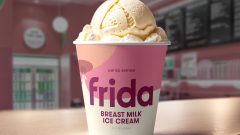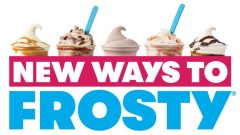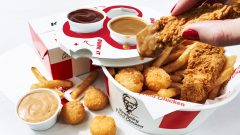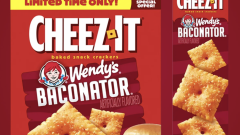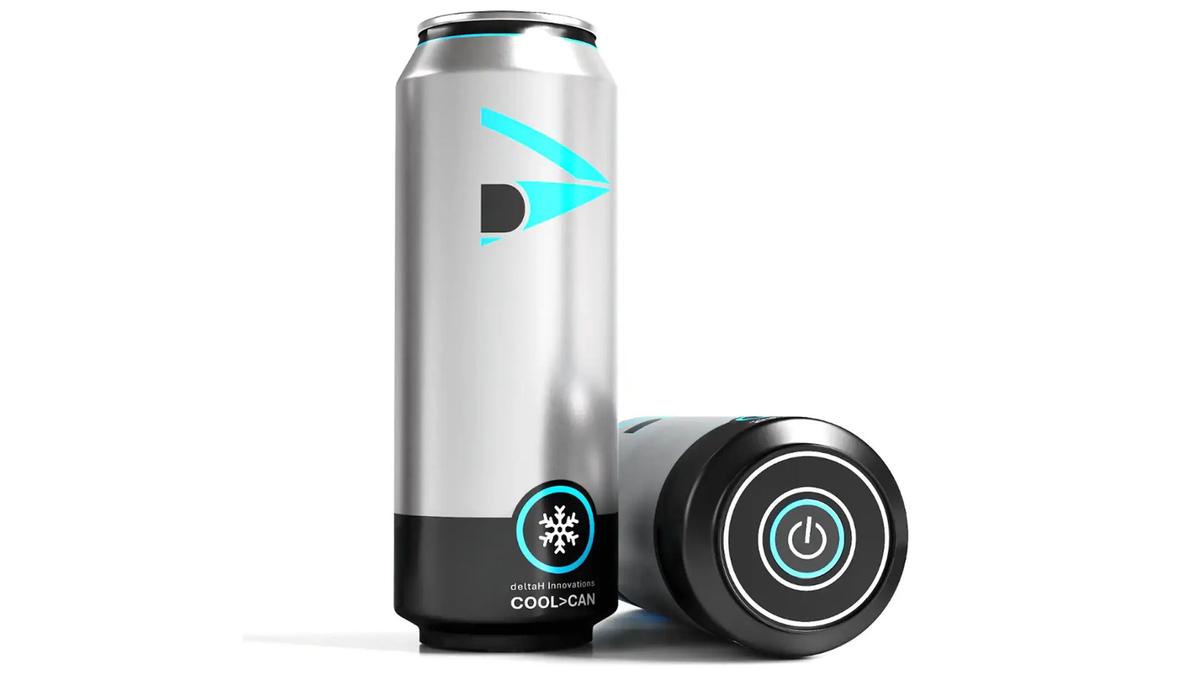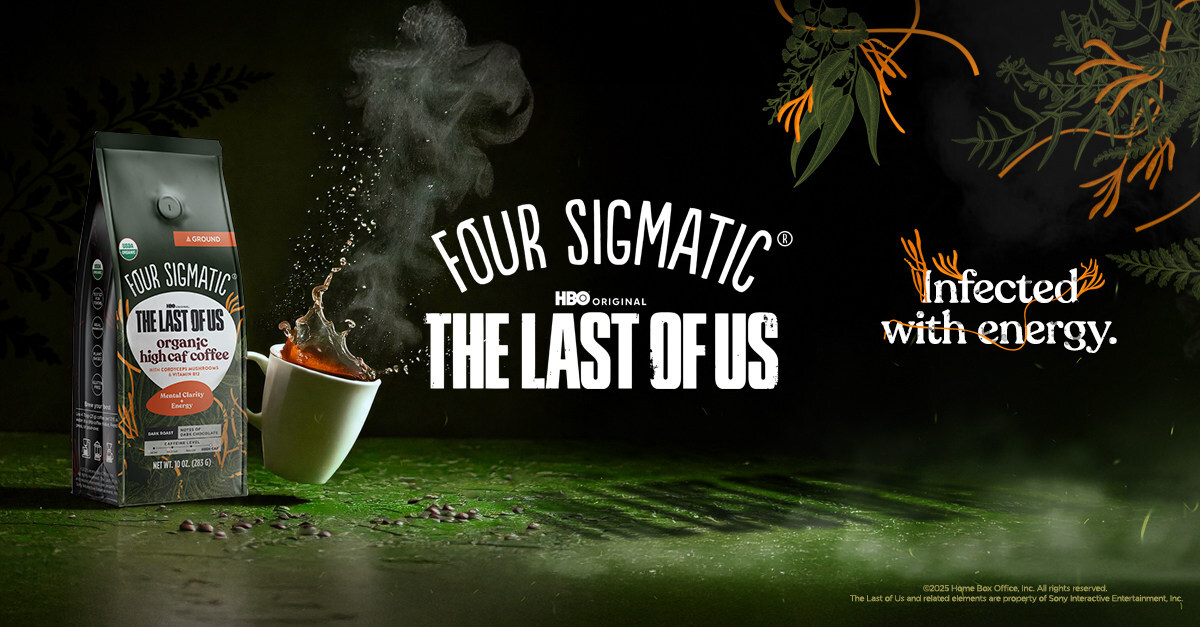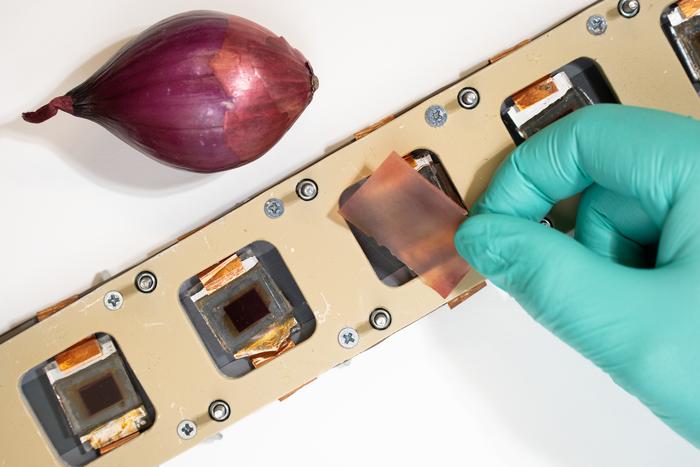You’re About To Start Seeing The Calorie Count On Your Favorite Beers
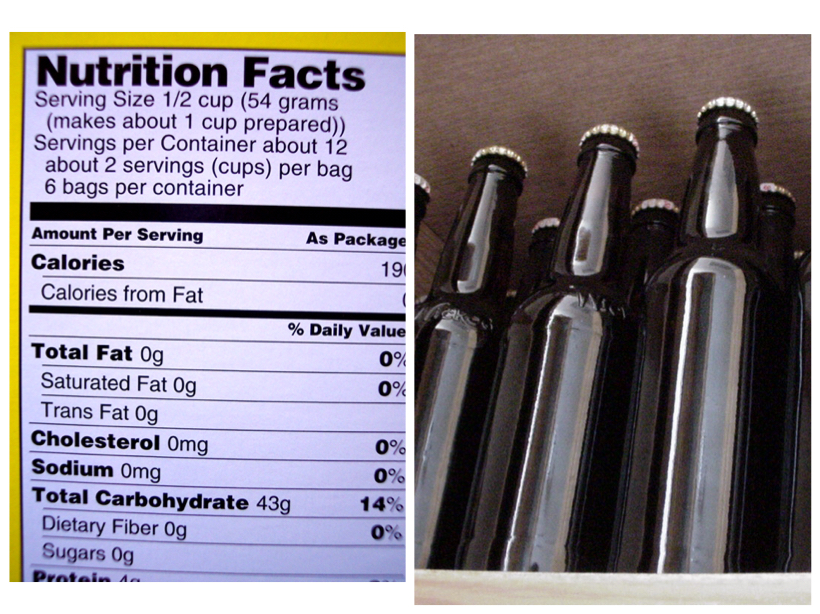
The Beer Institute recently proposed an initiative called the Brewers’ Voluntary Disclosure Initiative that would theoretically allow for ultimate transparency with its consumers with labeling that includes nutritional information and much more.

The information that will be provided on the voluntary labels will include: suggested serving size, nutritional info (calories, carbs, fat, protein), a freshness dating or a date of production, alcohol by volume percentage, and an ingredient list. Currently, the only alcoholic beverages that require additional labeling are beers that make a nutritional claim like “light” beers.
The Beer Institute is an organization that was founded in 1862 as the U.S. Brewers Association. It represents the entirety of the beer industry including 3,300 brewers large and small. Their primary focuses include being an authority for industry information as well as community involvement, and personal responsibility.
The initiative comes in lieu of the FDA’s restaurant menu labeling requirements that are set to take effect next year, and will require restaurants with more than 20 locations to provide caloric information for their food items as well as beer choices that are listed on the menu.

The nutritional testing that will need to take place does not run cheap and has been reported to cost up to $1,000 per item, which may cause smaller breweries to decrease distribution of their beers to big chain restaurants. This may force chains to release any beers for which this information is not readily available in order to comply with new FDA regulations.
In 2007, the Alcohol and Tobacco Tax and Trade Bureau (TTB) proposed a labeling rule that, if passed, would require manufacturers to include nutritional information, but it only resulted in a similar proposal of voluntary labeling. Alcohol production and labeling is regulated by the TTB and not the FDA, which regulates nutritional info and labeling for food and non alcoholic beverages.
Brewers are encouraged to participate, and several of the biggest names in the game that comprise over 80% of beer sold in the U.S. have already jumped aboard with the initiative in efforts to remain relevant with full transparency of their product and brand, such as: MillerCoors, Anheuser-Busch, HeinekenUSA, Constellation Brands Beer Division, North American Breweries, and Craft Brew Alliance.
People are becoming more and more conscious about where their food comes from and what’s in it, and according to this press release, “72% of beer drinkers think it’s important to read nutritional labels when buying food and beverages.”
“It seems everything else does. Why do they get a pass on telling you how many calories, sugar and sodium they contain?” –orbitalmonkey
“I’d really like to see the calorie content of beer when selecting. If they could just have AVB, IBUs, and calories that would be great” –reddit user
“Ok, but I still want to know how many calories it has. Is that so much to ask?” –van_zeller
Another user admits that he often thinks of the lack of labeling, and thanks the reddit community for bringing it up to him, while sober.
“I literally ponder this every time I’m drunk but never have the wherewithal to find out the answer. thank you for bringing this to light for my sober self” -aquaintencounter
The labels are a step in the right direction for consumers to know and base their purchasing decisions off of what’s actually in their alcoholic beverages. For the people who know how to and intentionally read nutritional labels, the information is crucial in order to make informed health choices.
These labels could be useful for consumers that have allergies or other health restrictions, but will it take away from the guilt-free beer drinking that we’ve known for so long?













